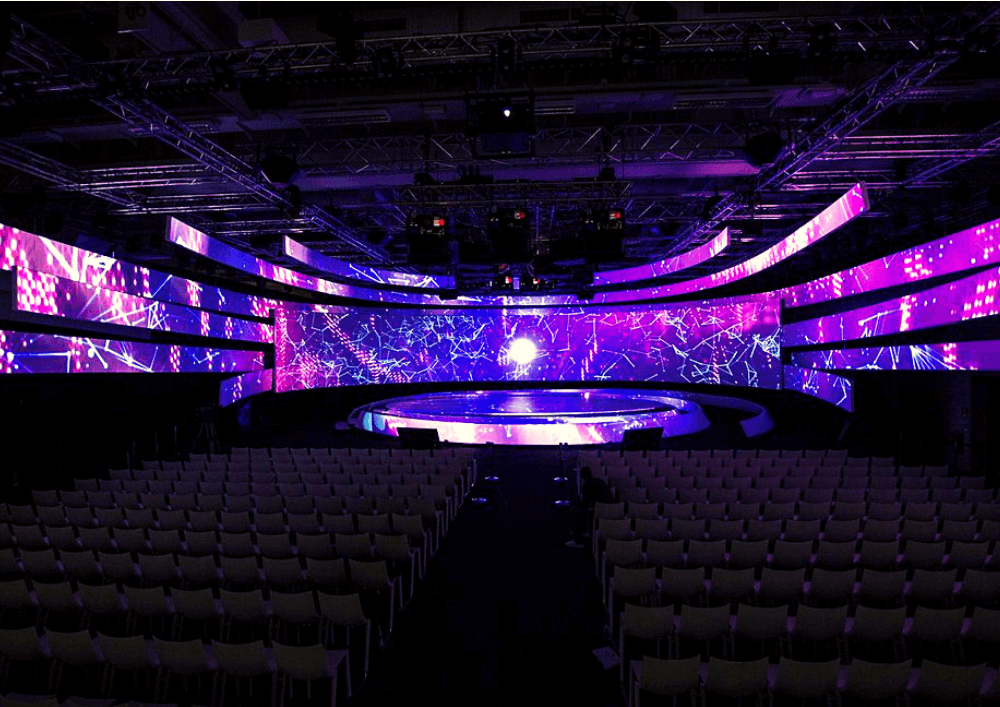Grasping the Common Reasons of LED Screen Unit Malfunction
Wiki Article

LED panel panels are commonly utilized in various settings, from ads to residential theaters. These screens are popular because they deliver bright and vibrant visuals while being power-saving. However, like all digital gadgets, LED wall panels can experience malfunctions. Understanding the frequent causes of these failures is crucial for preserving their performance and ensuring durability. This piece examines several critical factors that can lead to the failure of LED panel panels.
One of the primary common causes of malfunction in LED panel panels is excessive heat. LED systems produces heat during operation, and if this heat is not adequately controlled, it can damage internal components. Poor airflow or insufficient cooling mechanisms can exacerbate the issue. When the heat increases beyond the recommended levels, it can lead to diminished brightness, color deviation, or total failure of the panel. Regular care, including dusting air vents and ensuring proper ventilation, can help avoid overheating and extend the life of the screen.
Another major cause leading to LED panel panel failure is power surges. Fluctuations in the power supply can cause damage to electronic parts within the screen. Sudden jumps in electricity can cause to blown fuses or damaged circuits, resulting in malfunctioning screens. Using surge protectors and voltage regulators can mitigate this threat by normalizing the electricity supply and safeguarding sensitive digital components. Making sure that the electrical infrastructure is up to standard and able of handling the power requirements of the panel is also critical.
External factors play a vital role in the functionality of LED panel screens. Exposure to extreme temperatures, humidity, or dust can adversely impact their operation. For instance, click for source high humidity can lead to water buildup inside the screen, which can result in short circuits or corrosion of internal parts. Similarly, too much dust build-up can obstruct airflow and result to overheating. Installing LED panels in controlled settings and regularly maintaining them can assist maintain optimal performance and prevent failures.
Additionally, production flaws can result to early failures in LED wall panels. Quality control during production is crucial to guarantee that each screen meets industry standards. Defective components or poor construction can result in issues such as dead pixels or uneven brightness. It is crucial for consumers to purchase LED panel screens from trusted brands that provide guarantees and support. This ensures that any potential defects can be resolved quickly, minimizing downtime and frustration.
In summary, understanding the frequent reasons of LED wall panel failure can help users take proactive measures to guarantee their longevity and functionality. By tackling overheating, protecting against power surges, considering environmental factors, and selecting quality products, users can Read More Here greatly minimize the risk of failure. Regular care and awareness of these factors will lead to a superior experience with LED wall panels, whether for personal or business use.